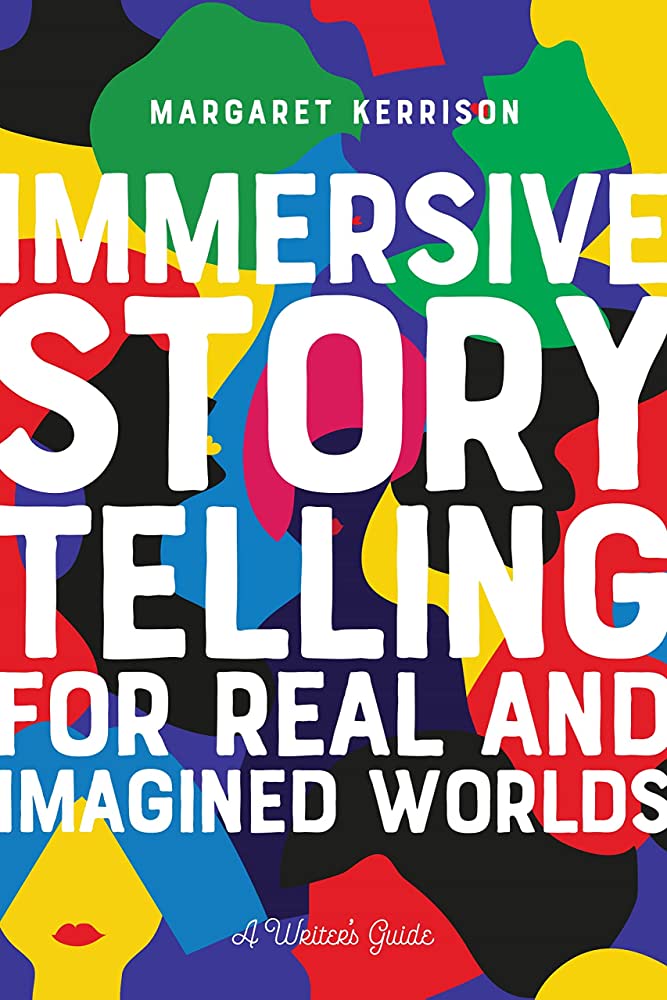Designing an immersive world is a crucial aspect of developing video games. Game environment should be attractive, have a unique style and engage the players to explore the world. Before crafting a world, it’s essential to know its history, characters, and objectives. Choosing an art style for the game environment is crucial to make it stunning and outstanding, while adding interactivity to the game world is fantastic for player immersion. Paying attention even to the smallest details of the game world and using camera techniques can improve the player’s experience when exploring the game world. A well-designed game world is critical to achieving player immersion and making the game enjoyable.
Designing Environments in Video Games: Tips and Tricks for Crafting Immersive Game Worlds
Introduction
Designing environments in video games is a crucial aspect of game development. It is what makes a game world immersive and invites the players into the experience. The environment should be attractive, have a unique style, and should engage the players to explore the world.
Understanding Your Game World
Designing an immersive game world requires understanding the game’s theme, setting, and storyline. Before crafting a world, it’s essential to know its history, characters, and objectives. This clarifies the tone, mood, and subject matter of your game, which can help make more informed design decisions.
Determine Your Game’s Art Style
Choosing an art style for your game environment is essential to make it stunning and stand out. Some developers prefer realistic art style, while others opt for a more stylized look. Whatever style you choose, it should match your game’s theme and create a sense of immersion to the players.
Use Lighting Effectively
Lighting is a critical aspect of game design, and it can make a significant impact on the environment. By manipulating the light sources, you can create various moods, such as suspenseful or soothing environments. It can also be used to highlight specific objects in the game world, guiding players to where they need to go.
Add Interactivity
Adding interactivity to your game world is a fantastic way to improve player immersion. Including interactive elements like items, hidden areas, and puzzles can make the world more engaging, and it gives the players a reason to explore the world. NPCs (non-playable characters) are also great for adding life to the world, as they can offer side quests and help players feel like they’re a part of the game’s storyline.
Attention to Detail
The devil is in the details. Developing small details of your game environment helps you create a sense of realism and immersion for the players. Tiny details such as plants, textures, and the sound effects can add to the overall atmosphere of the game world. Paying attention to even the smallest details of your game world will pay off in the long run.
Use Camera Technique
Camera techniques can be used to improve the player’s experience when exploring your game world. For example, using close-ups when introducing new characters or areas can make the world feel more realistic and alive. Zooming out for a panoramic view can give players an idea of where they are in the world and where they might go next.
Conclusion
Designing a game world is a significant aspect of game development. A well-designed game world is essential to achieving player immersion and making the game enjoyable. By following these tips and tricks, you can create a game world that’s engaging, immersive, and leaves a lasting impression on the players.
